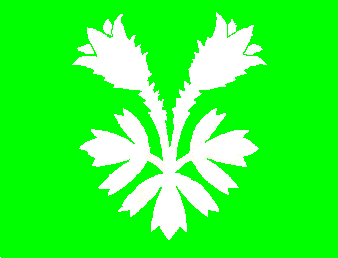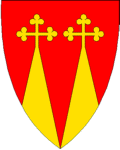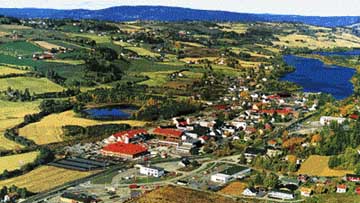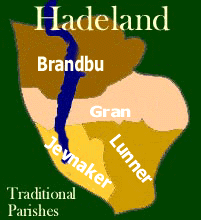|
Norwegian
Naming Traditions
Naming Traditions in
19th Century Norway put little emphasis on the last name. First names
were often recycled through generations of a family. Naming a child for
an ancestor was considered an act of respect. The good name of a
grandfather or much loved aunt "lived on" as it was carried by
his or her descendants. For that reason, it was common to give the same
name to a second child if the first one died. (That explains why Hans
and Anne had two Julias and two Alvins.)
The second name was far more important then than it is today. Each
individual was identified by the name of his/her father. The
"patronymic" represented the family tie - "Olavsdatter"
was the daughter of Olav, "Olavsen" was Olav's son.
With a limited number of names in use, it was important to identify the
area in which an individual lived. The third name usually derived from
the farm on which the family resided. The third name would change
whenever a family moved to a new farm. These "surnames" often remained
unchanged for the individual's adult life because most families set down
permanent roots on a specific farm. Non-landowners added the suffix "eie"
to the place name to create the third name.
In a less mobile family-centered society, this naming tradition made
perfect sense. Think of meeting someone at a family reunion - you might
introduce yourself as follows: ""I'm Peder, Iver's son, and I
live in Sacramento." In "old" Norway, all of that
was accomplished simply by offering your name!
Ole was unable to set down permanent roots for his family, and they
moved from farm to farm. As a result, the family's last name
changed often. Apparently at the time of Hans' birth, the family
lived on the Dvergstein farm; Hans' last name is listed in some
documents as Hans Olesen Dvergsteineie.
At the time of his immigration, Hans' family lived on a renter's
place (Badstua) on the Alm farm -
although he traveled as 'Hans Oleson Badstuen' he began using the
actual farm name as his last name - Hans Olesen Alm.
Often familes who followed a member to America would adopt the last name
of the first immigrant. Ole and Johanna used the name Badstuen for
a time after they arrived in America, but eventually adopted the surname
that Hans had chosen (Alm); had Ole been first to emigrate, the whole family
may have chosen to use the name Badstuen!
This practice can make for some confusion, even after a family
"crossed the water." Hans' wife's family is an example.
The third name of some of the family is Kanten, taken from the farm name
in Norway. Anne's
father, Iver Kanten, is often referred to as Iver Halvorsen because he
was the son of Halvor. Some of his children briefly used Halverson as
their last name. Still others honored the patronymic tradition and
took Iverson as their last name. Add in the married names of his
daughters and you have a tangle of last names that can be difficult to
sort out!
Tracing roots in Norway - for women whose "place" names
changed when they married or for families like Ole's who moved often -
can pose a particular challenge! |






